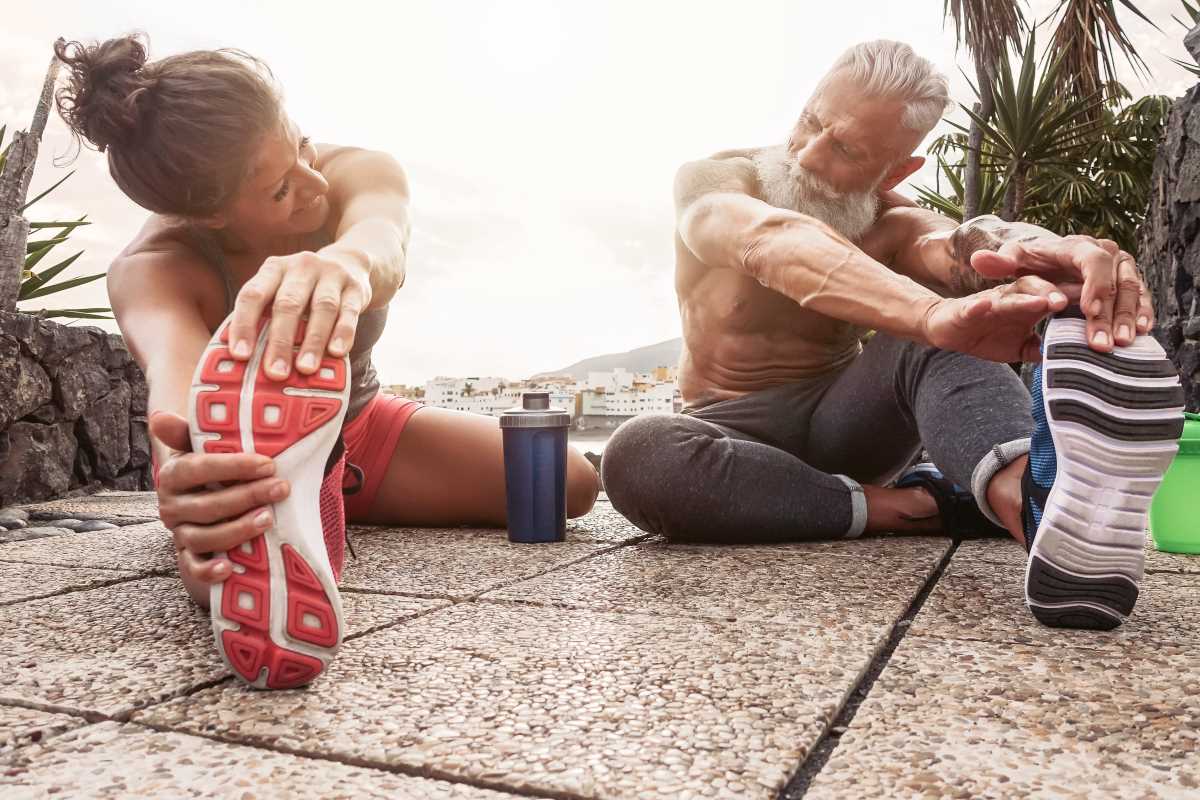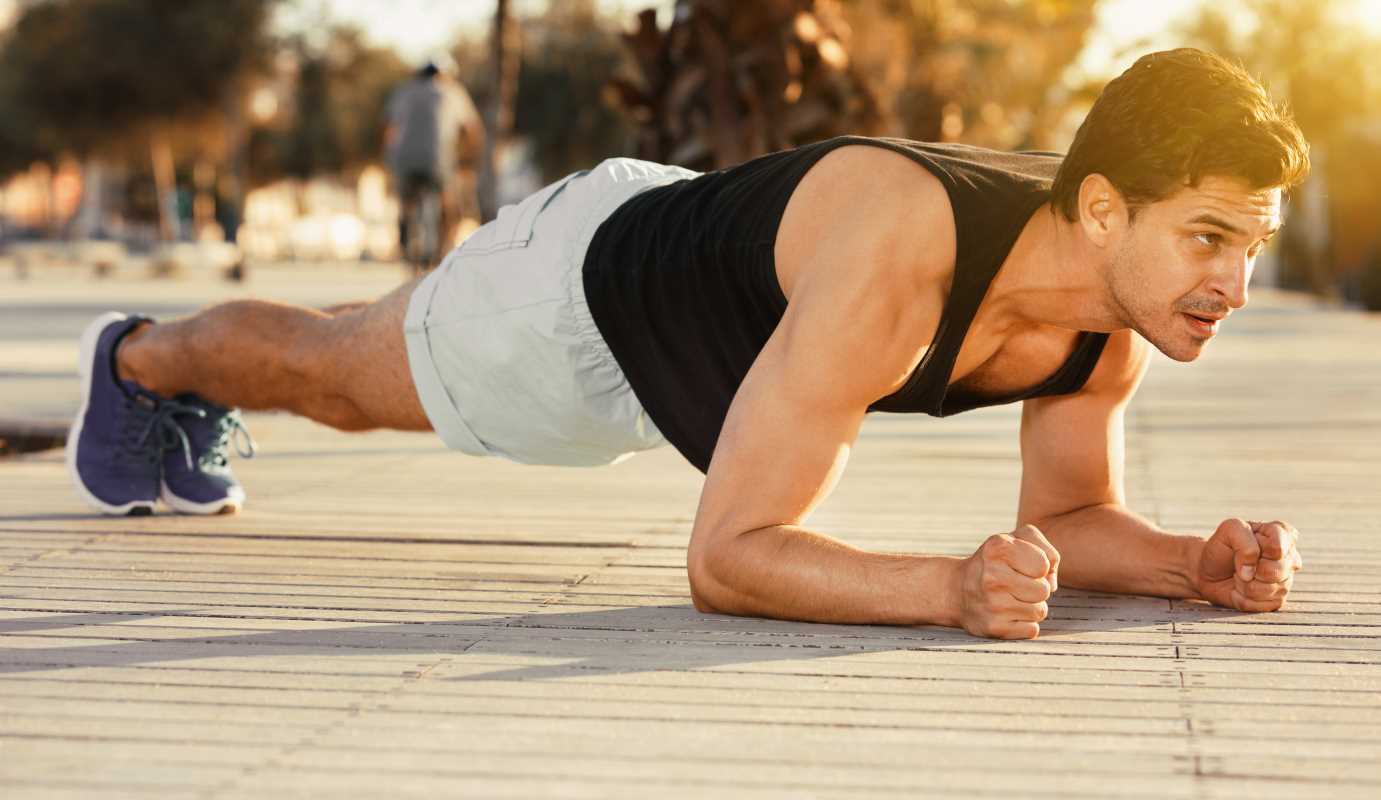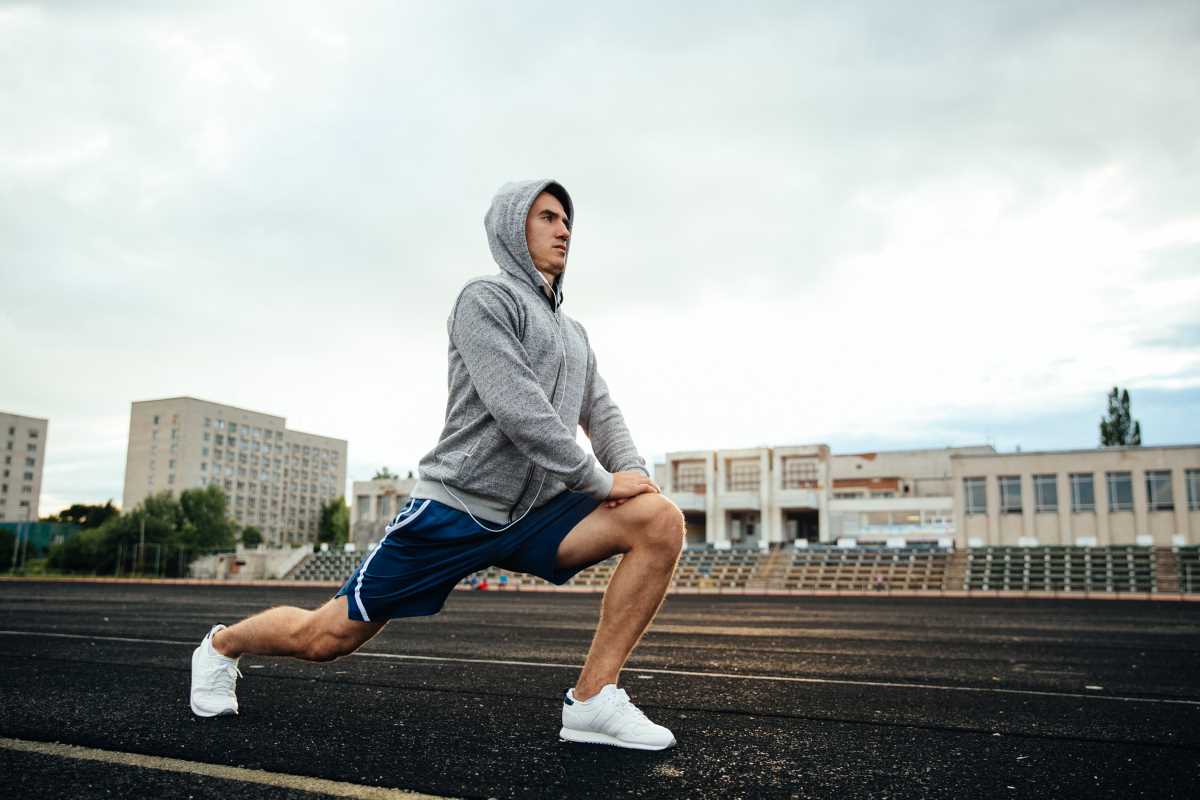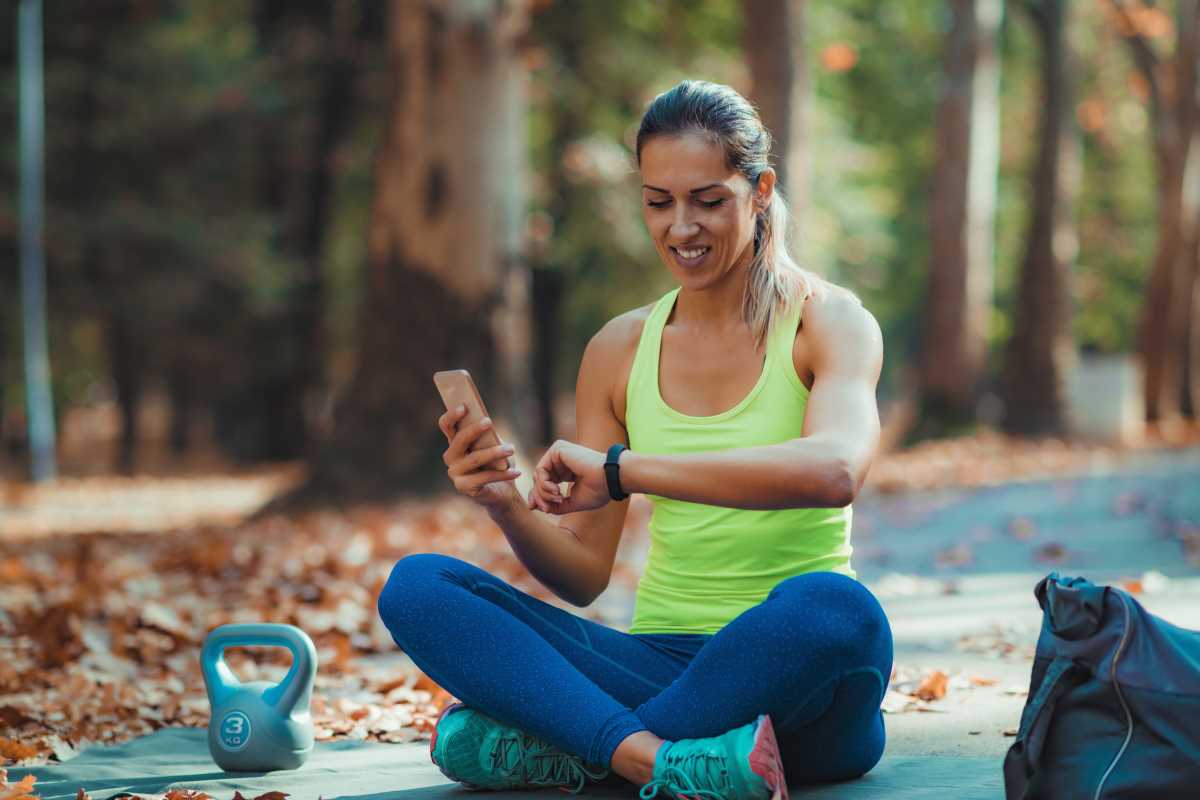Visualize a classroom buzzing with energy, where students don't just sit passively but actively engage with the lesson through movement. Bringing physical activities into the learning environment transforms the educational experience, infusing it with vitality and effectiveness. When students are physically active, they feel more energized, which significantly boosts their capacity to understand and remember what they learn. This dynamic approach not only breaks the monotony of traditional learning methods but also fosters an atmosphere where students can thrive both intellectually and physically, resulting in a more holistic and impactful educational journey.
The Benefits of Physical Activities in Learning
Integrating physical activities into the classroom offers numerous advantages that extend beyond keeping students active. Here are some key benefits:
- Improved Focus: Short physical breaks help students regain concentration and stay attentive during lessons.
- Enhanced Memory: Movement stimulates the brain, aiding in better retention and recall of information.
- Physical Health: Regular activity helps combat the negative effects of prolonged sitting, promoting overall well-being.
- Social Skills: Group activities encourage teamwork and improve communication among students.
- Stress Reduction: Physical movement alleviates anxiety and reduces stress levels, creating a more positive learning environment.
How to Integrate Physical Activities into the Classroom
Incorporating physical activities can flow smoothly with your lessons. Here’s a step-by-step guide to get started:
- Start Small: Begin with simple activities like stretching or quick exercises to warm up the body and mind.
- Align with Lessons: Design activities that complement your current topics. For example, use math-related games that involve movement.
- Schedule Regular Breaks: Incorporate short physical breaks between lessons to keep energy levels high.
- Encourage Participation: Create an inclusive environment where all students feel comfortable joining in physical activities.
- Use Resources and Tools: Utilize available resources such as educational games, equipment, and technology to facilitate activities.
Examples of Effective Physical Activities
Countless ways exist to make learning more active. Here are some examples that work well in various classroom settings:
- Brain Breaks: Short periods of physical activity like jumping jacks or dancing to a song refresh students' minds.
- Kinesthetic Learning Games: Activities such as building models or conducting experiments that require movement help students understand complex concepts.
- Role-Playing: Acting out historical events or scientific processes deepens understanding and makes learning fun.
- Interactive Quizzes: Use movement-based quizzes where students move to different areas of the room based on their answers.
- Outdoor Lessons: Take lessons outside where students can explore and interact with their environment while learning.
Challenges and Solutions
While the benefits are clear, integrating physical activities into the classroom can present challenges. Here are some common hurdles and ways to overcome them:
- Time Constraints: Finding time for activities might seem difficult, but even short breaks can be effective. Incorporate activities within existing lesson plans to maximize time usage.
- Lack of Space: Limited space can restrict movement options. Opt for activities that require minimal space, such as seated stretches or standing exercises at individual workstations.
- Differing Student Needs: Not all students may feel comfortable with physical activities. Offer a variety of options and allow students to choose activities that suit their preferences and abilities.
- Maintaining Order: Physical activities can sometimes lead to chaos. Establish clear rules and structure before starting activities to ensure they run smoothly.
Connecting Education and Fitness
Bridging the gap between education and fitness leads to a more holistic approach to student development. By seamlessly integrating physical activities into academic lessons, you create an environment where learning and physical health support each other. This connection makes classes more enjoyable and builds long-term habits that benefit students both inside and outside the classroom.
Incorporating physical activities in the classroom boosts focus, memory, and well-being, making learning more engaging. Thoughtful planning ensures seamless integration into teaching.
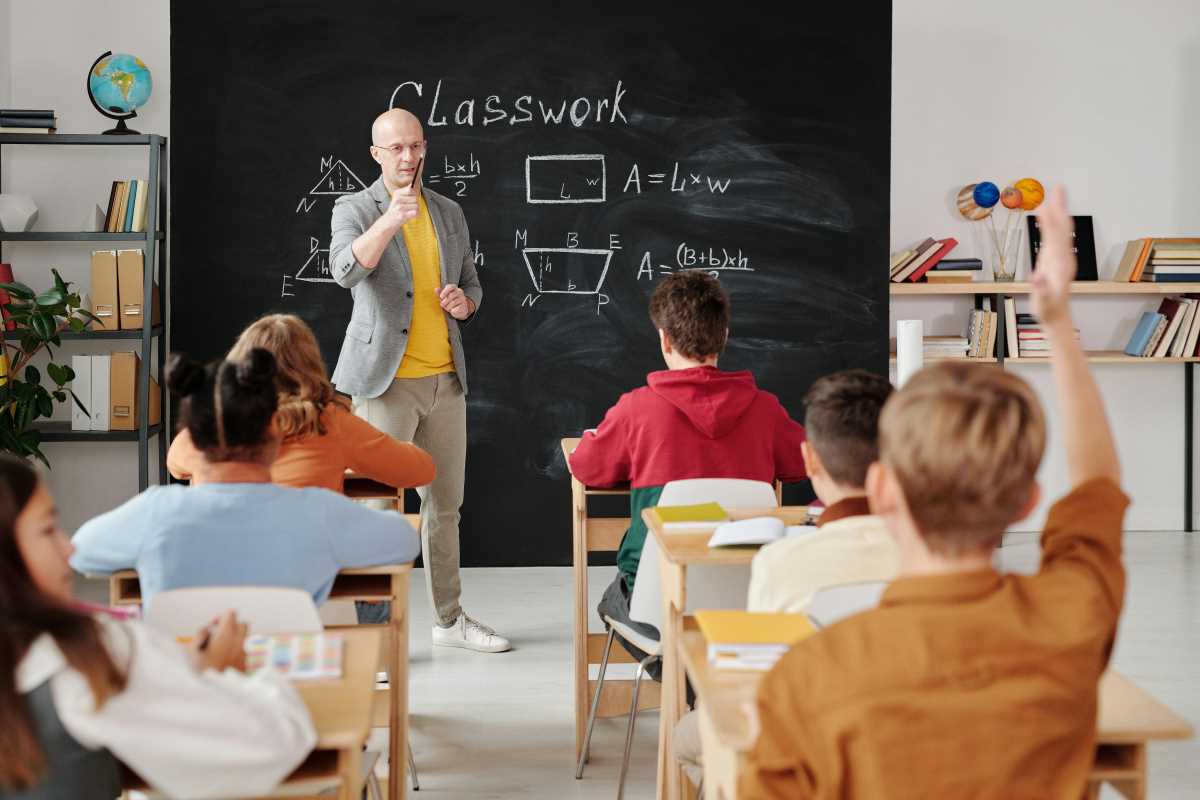 (Image via
(Image via
